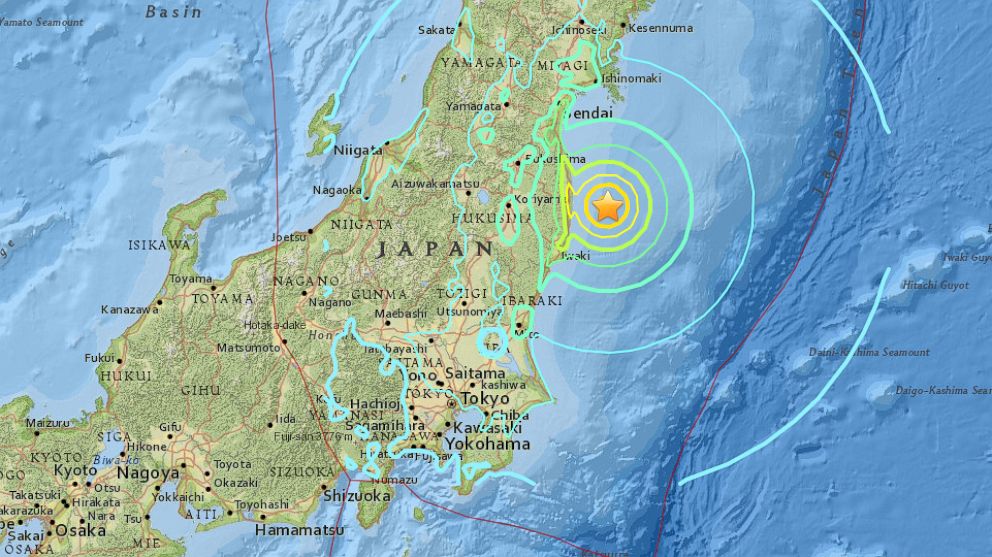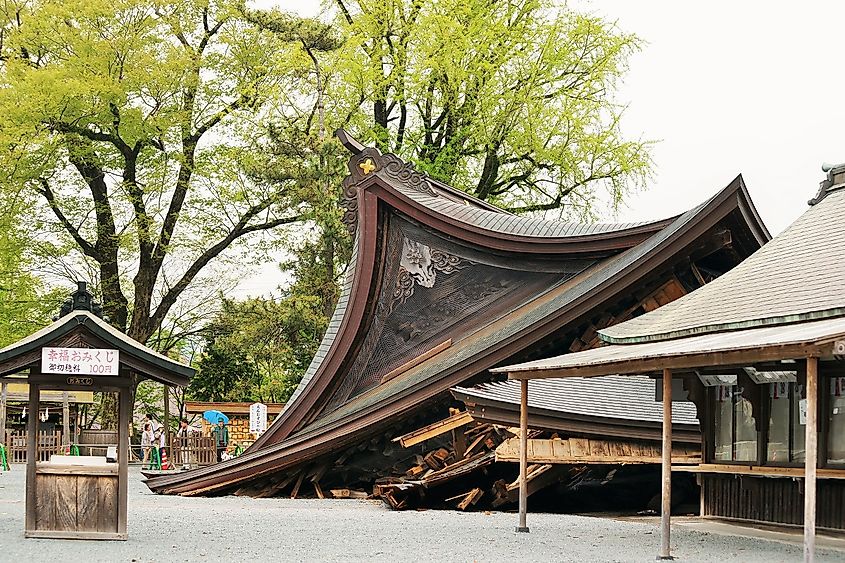Japan is the world s most earthquake prone country

Japan is the world’s most earthquake-prone country.

Japan is known for its unique geography and captivating culture, but it is also famous for being the world’s most earthquake-prone country. Situated on the Pacific Ring of Fire, an area where several tectonic plates meet, Japan experiences frequent seismic activities that result in earthquakes. These natural phenomena have shaped the country’s history, architecture, and emergency preparedness.
As a nation with a rich history, Japan has faced numerous devastating earthquakes throughout the centuries. The Great Kanto Earthquake of 1923, for instance, had a magnitude of 7.9 and caused widespread devastation in Tokyo and surrounding areas. It resulted in the loss of over 140,000 lives and left a lasting impact on the country.
The frequency of earthquakes in Japan can be attributed to its geographical location. The Pacific Ring of Fire is an area known for its high seismic activity, stretching along the coasts of the Pacific Ocean. This region is characterized by intense volcanic eruptions, earthquakes, and tsunamis. As a result, Japan experiences thousands of earthquakes each year, although most are too small to be felt by people.

While living in an earthquake-prone country may seem daunting, Japan has invested heavily in earthquake-resistant infrastructure, building codes, and early warning systems. These measures aim to minimize the impact of earthquakes on the population and infrastructure.
Moreover, Japan’s rich history with earthquakes has marked its architecture. Traditional Japanese buildings, such as temples and wooden houses, are designed to withstand the tremors. Techniques like “shinbashira” and “karahafu” maximize the buildings’ stability, allowing them to sway during an earthquake without collapsing.
In recent years, Japan has developed sophisticated earthquake early warning systems. These systems detect the initial, less destructive P-waves before the more damaging S-waves of an earthquake reach populated areas. This warning provides valuable seconds to minutes, allowing people to seek shelter, initiate emergency protocols, and shut down critical infrastructure.
Japan’s commitment to earthquake preparedness and response has become a global benchmark. The country’s experiences and technologies have been shared with other earthquake-prone regions worldwide, aiding in the development of effective disaster management strategies and the improvement of infrastructural resilience.
Overall, Japan’s status as the most earthquake-prone country is not merely a fact but an integral part of its history and culture. The constant threat of earthquakes has shaped Japan’s society, pushing it to develop innovative solutions and techniques to mitigate the impact of these natural disasters. With its ongoing commitment to preparedness and resilience, Japan serves as an inspiration to the world in earthquake management.
Related Posts
Quick Links
Legal Stuff

